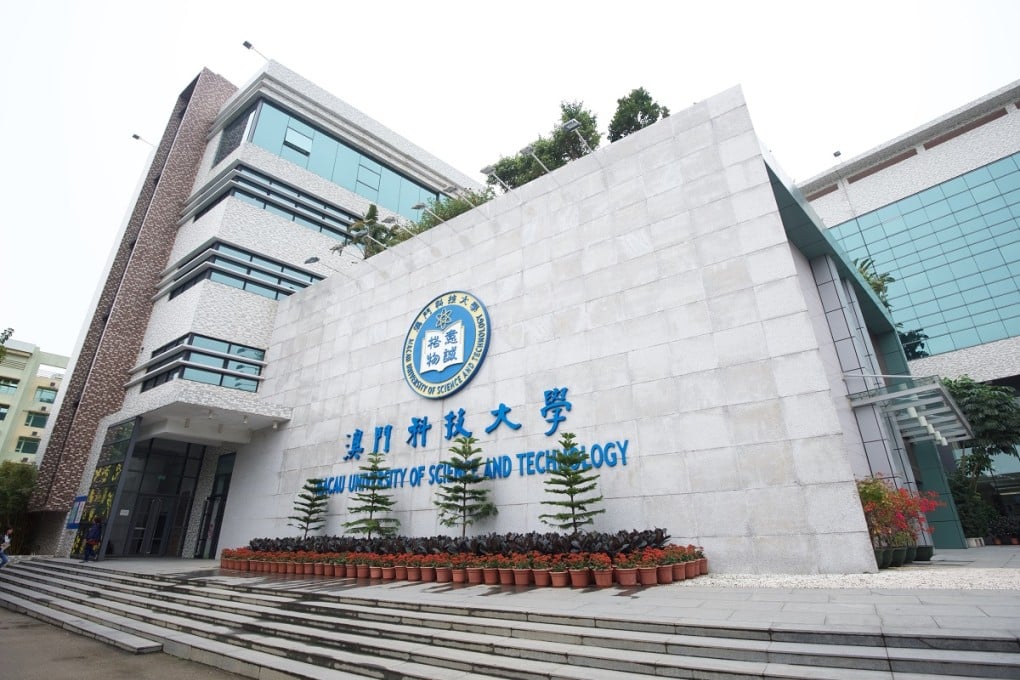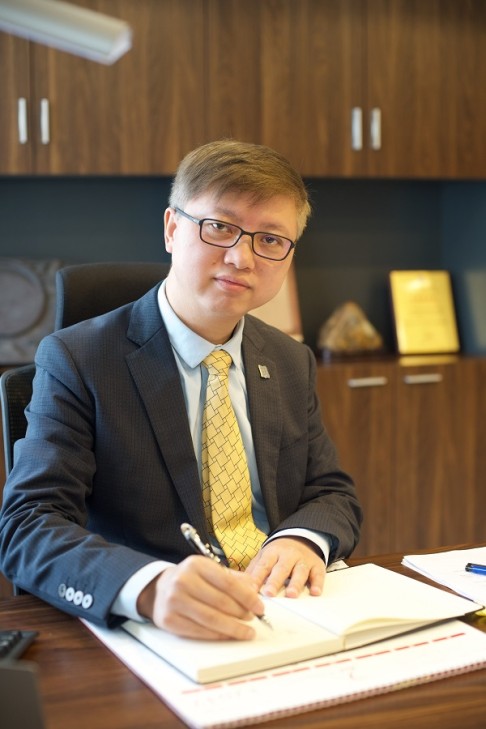The cradle of advanced technology research
[Sponsored article] Founded in 2000, the Macau University of Science and Technology (“MUST”) has developed into a multi-disciplinary university in Macau in just more than a decade. In recent years, MUST, investing huge resources especially in the research of space science and Chinese medicines, has made high-speed developments and gained exciting achievements.

[Sponsored article] Founded in 2000, the Macau University of Science and Technology (“MUST”) has developed into a multi-disciplinary university in Macau in just more than a decade. In recent years, MUST, investing huge resources especially in the research of space science and Chinese medicines, has made high-speed developments and gained exciting achievements.
The Vice-president of MUST, Professor Pang Chuan said in an interview, “A few years ago, we ranked below 80 among universities in the cross-strait four regions of mainland China, Taiwan, Hong Kong and Macau. Last year, our ranking moved up to 32 and we are the youngest in the top 50 universities in the Greater China region. This reflects the significant advances of our academic levels, results of the hard work made by our team of academic staff and students.”
Professor Pang stressed that a balanced development in scientific research, quality and service is the main theme of MUST. He explained, “We obtained approval from the Ministry of Science and Technology in the year 2011 to establish the State Key Laboratory of Quality Research in Chinese Medicines (a MUST partnership laboratory). Later in 2014, we became the first partner of the Chinese Academy of Science (“CAS”) outside mainland China to set up the Lunar and Planetary Science Laboratory, a partner laboratory of Key Laboratory of Lunar and Deep Space Science of CAS. These developments have promoted a great deal of exchanges, learning and opportunities in scientific research projects between MUST and mainland institutes. For instance, we were very lucky to have the chance to analyze and process lunar exploration data sent from Chang-E satellite.

From time to time CAS staff would come and be visiting professors in MUST. Also, our students often have chances to visit CAS or other scientific research units on the mainland to practise and conduct experiments. In recent years, the number of research papers of MUST has increased by more than five times, which is proof of the rapid growth of MUST brought about by the enormous synergistic effect of cooperation.”
Professor Pang also said, “Academic research should not be confined to the campus. We also put emphasis on practical contributions which scientific research results can make to society. For example, we organized the Fair for Transfer of Research Outcomes for the first time last October, not only to showcase the achievements of our research in innovative technologies but also to reach out to the business sector so that our research results can either be commercialized or used by companies to upgrade their products. These help to push economic growth in our society. More than 80 entrepreneurs were invited to the fair. On the activity day alone, agreements of cooperation for more than 30 projects of new inventions or patent transfer were officially signed. The result was very encouraging.”